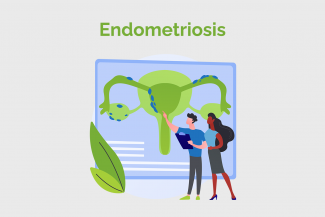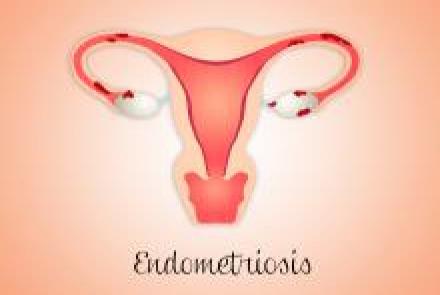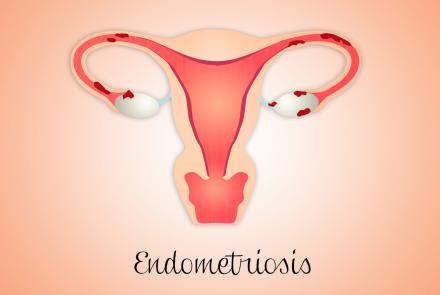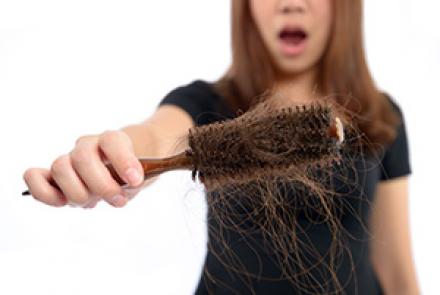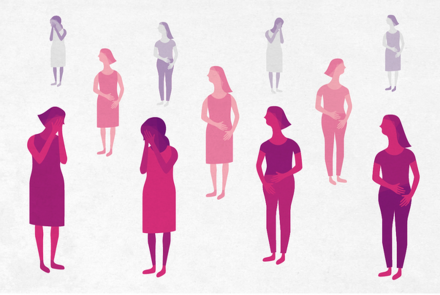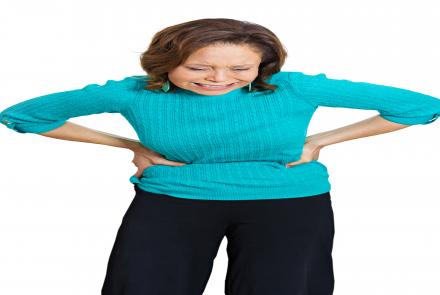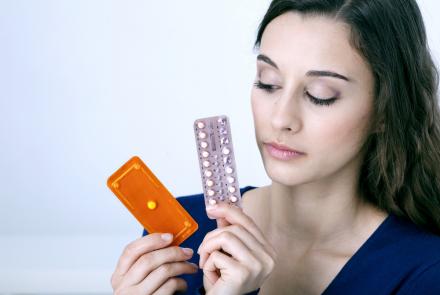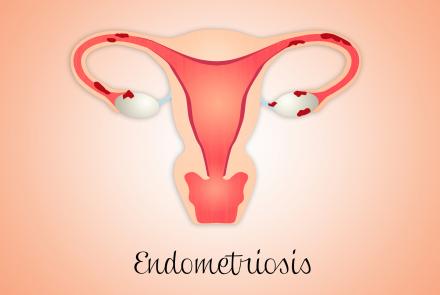Endometriosis affects 176 million women worldwide. Endometriosis usually causes symptoms during reproductive years (~12-60 years old. Many women and girls are often undiagnosed. Endometriosis affects women equally across all racial/ethnic and socioeconomic backgrounds.
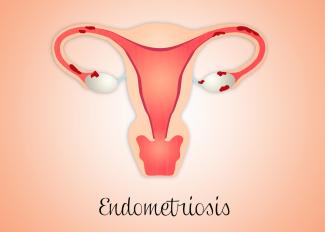
Symptoms vary and usually reflect the area affected. They may include the following:
- Recurring pelvic pain that can range from mild to severe cramping or stabbing pain that occurs on both sides of the pelvis, in the lower back and rectal area, and even down the legs
- Dysmenorrhea (painful menstrual cramps)
- Pain during and after sex
- If endometrial implants are found in the bowel, pain during bowel movements
- If endometrial implants are found in the bladder, pain may be felt during urination
- Infertility in 50% of patients. The reason for infertility in mild endometriosis is not known, but in moderate to severe endometriosis, pelvic adhesions prevent the release of eggs; block the sperm entry into fallopian tube and also prevent the ability of the fallopian tube to pick up eggs during ovulation.
Many women with endometriosis show no symptoms.
Endometriosis patients may also have attendant conditions like:
- Adhesions: Adhesions are connections between surfaces of organs where there should be no connection, for example, between the ovary and the pelvic wall.
This connection can be a band (vascular or avascular), filmy/transparent or dense/opaque, or the surfaces of organs may adhere to each other without an intervening adhesion band. Adhesions occur in endometriosis patients, and may sometimes be a complication of surgical management of endometriosis. - Chocolate cyst formation: Endometrioma is a blood-filled “chocolate” cyst that can occur when endometriosis tissue develops in the ovary.
Changed
14/Aug/2017
Community
Condition

